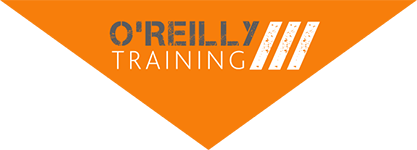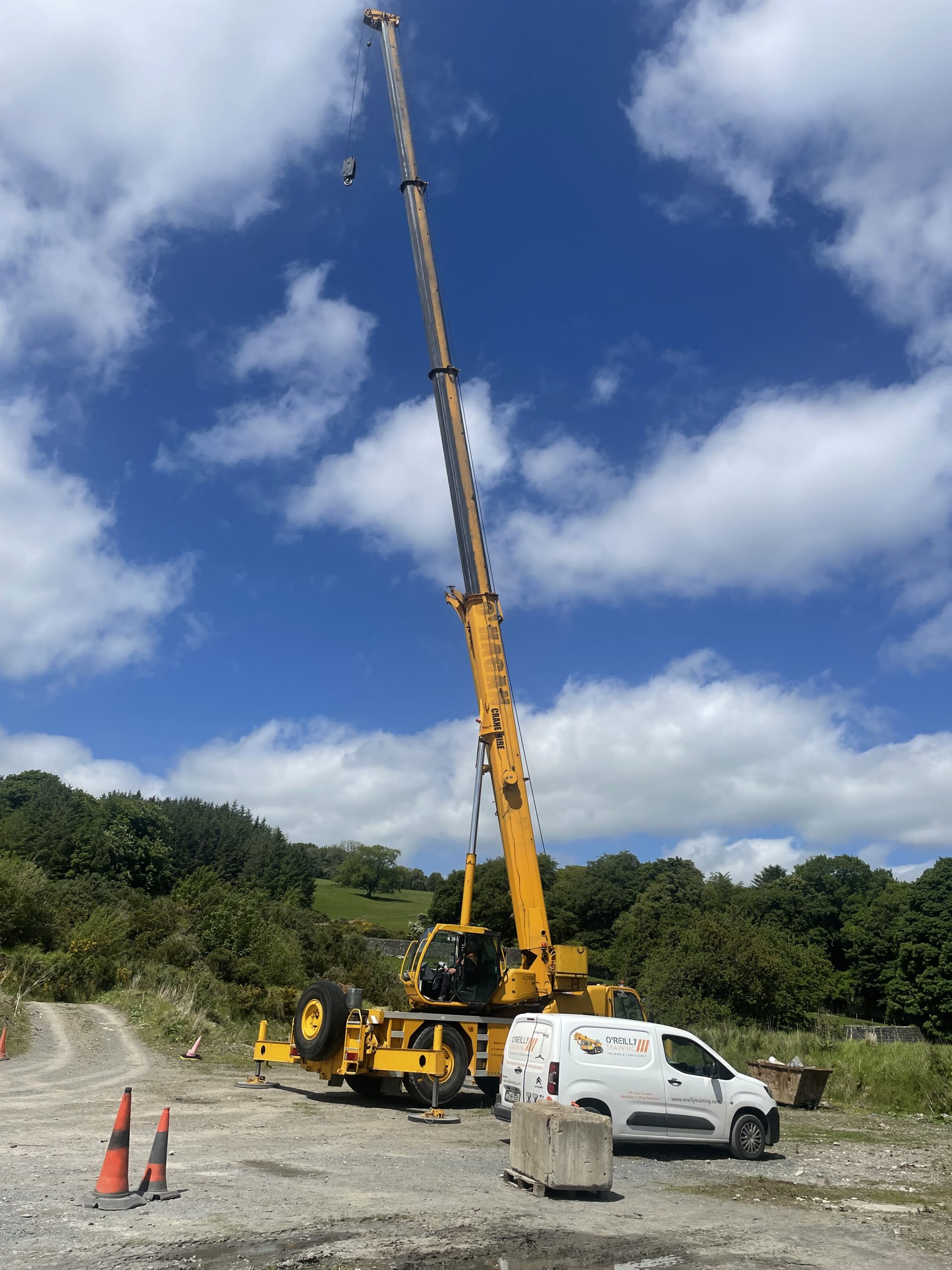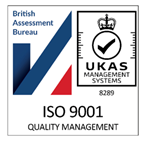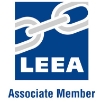CSCS Slinger Novice
€950.00
Course Objective
Description
This course provides delegates with the knowledge and practical skills required to safely and effectively perform the duties of a slinger/signaller. It focuses on hazard awareness, communication, load assessment, and safe lifting practices in accordance with current regulations and industry best practice.
This is a Novice course and no prior experience is required. On completion of the course, candidates will be required to undertake a further minimum 6 months training on a construction site under supervision of a competent operator in order to to take the one day CSCS Assessment.
Course Description & General
Learning Outcomes:
By the end of this course, participants will:
- Understand the legal duties and safety requirements for lifting operations.
- Be able to identify lifting accessories and assess loads safely.
- Communicate effectively with the lifting team using approved signals and radios.
- Carry out slinging and signaling operations safely and efficiently.
Legislation and Standards
- Safety Health & Welfare at Work Act 2005
- General Application Regulations
- Construction Regulations
- NSAI IS360: Safe Use of Cranes
- Site rules, risk assessments, and method statements (RAMS)
- Personal Protective Equipment (PPE) requirements
Equipment and Accessories
- Types of lifting accessories:
- Chains, wire ropes, web slings, shackles, hooks, eyebolts, spreader beams, etc.
- Inspection and certification requirements
- Identification markings and SWL (Safe Working Load)
- Care, maintenance, and storage of lifting accessories
Practical:
- Pre-use inspection of slings and accessories
- Identifying defects and rejecting unsafe equipment
Load Assessment and Sling Selection
- Estimating load weights
- Centre of gravity and stability principles
- Sling angles and tension calculations
- Selection of slings and configurations (single, double, choke, basket, etc.)
- Load securing and balance
Practical:
- Calculate sling angles and select appropriate slings for given loads
- Identify correct attachment points
Signalling and Communication
- Hand and arm signals (BS 7121 & NSAI standards)
- Radio communication protocols and etiquette
- Blind lifts and communication procedures
- Role of the signaller in ensuring safety during lifting operations
Practical:
- Demonstrations of standard signals
- Team communication exercises using both hand and radio signals
Lifting Operations and Safe Working Practices
- Pre-lift planning and coordination
- Load attachment and detachment procedures
- Lifting, slewing, travelling, and lowering operations
- Working with different types of cranes (mobile, tower, crawler, gantry)
- Environmental factors (wind, ground conditions, overhead obstructions)
Practical:
- Conducting lifts under supervision
- Safe guiding and landing of loads
Hazards and Risk Control
- Common lifting hazards:
- Overloading, shock loading, pinch points, suspended loads, proximity to people
- Control measures and exclusion zones
- Emergency procedures and incident reporting
Discussion:
- Case studies of lifting accidents and lessons learned








